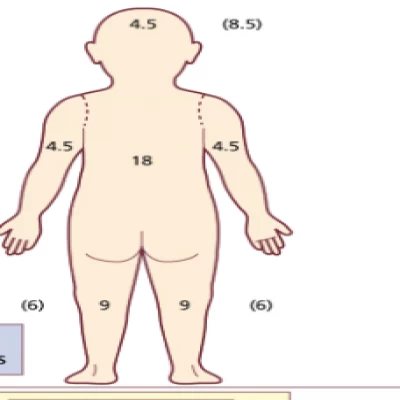مجلات علمية

WEB OF SCIENCE journal search
The volume of research data is increasing. The ability to identify significant relationships — between past and current research, between collaborating scientists, between funding and research success — is crucial if you start with the correct data.
With the Web of Science platform, you can access an unrivaled volume of world-class research literature related to a carefully selected list of journals and discover new information with meticulously recorded metadata and links.
The Web of Science Core Collection dataset of the Web of Science platform is linked to regional citation indexes, patent data, specialized subject indexes, and research dataset indexes — for a total of more than 34,000 journals, which means you have enough for a truly comprehensive search
v WEB OF SCIENCE journal search
How to quickly find the right subject journal in the Web of Science Core Collection to publish a scientific article?
In this article, we will try to answer briefly.
So, we go to the official site of the WOS journal directory, which is called MASTER JOURNAL LIST.
It is essential to know that the Web of Science Core Collection includes only four databases:
- Science Citation Index Expanded (SCIE) - Natural, Exact Sciences
- Social Sciences Citation Index (SSCI) - Social Sciences
- Arts & Humanities Citation Index (AHCI) - Humanities
- Emerging Sources Citation Index (ESCI) - New Multidisciplinary "Incubator Base"
In the screenshot below, you can see four main bases.
Based on the main direction of the journal you are looking for, click on one of them. It is essential to know that Emerging Sources Citation Index includes both humanitarian and exact disciplines, so you should look here anyway.
We also recommend that you pay attention to the separate Scope Notes tab. For example, you are interested in journals on archeology, ethnography, art history, etc., but you are not sure which base they belong to AHCI (humanitarian) or SSCI (public). For clarification, go to Scope Notes and compare the list of disciplines.
For example, we need Ukrainian biochemistry journals that are part of the WOS Core Collection.
We are looking into two databases: Science Citation Index Expanded (SCIE) and Emerging Sources Citation Index (ESCI). The first contains journals that have been indexed in WOS for a long time; the impact factor is calculated for them; it is possible that these journals are older, reputable. It is more challenging to publish an article in them. The second contains recently included journals for which the impact factor has not yet been calculated, but which are full members of the Core Collection. Perhaps publishing an article in them will be more comfortable and faster.
We go immediately to the multidisciplinary incubator base, i.e., click on ESCI ...
Each database has a similar set of tabs: search, list of journals, subject categories (list of disciplines), and changes to journals.
Search. If you know in advance the name of the journal, the heading keywords, or ISSN, you can try to find the journal through a search and check its indexing in WOS.
- List of journals. All journals in the database. It is possible to filter by the first letter of the header. Not very convenient to use.
- Subject categories. Primary tab. It is here that you can filter journals by discipline, which greatly optimizes the search.
- Changelogs. The list of journals that have undergone some or other changes in the database over the past year (for example, were renamed, recently added, deleted, transferred to another category of disciplines or another database, etc.).
Click View Subject Category, as shown in the screenshot above, and get to a new page. Next, from the drop-down list, select the desired discipline (for example, BIOLOGY & BIOCHEMISTRY) and click View Journal list.
After that, we will be taken to a journal page in the BIOLOGY & BIOCHEMISTRY category. Now we have found 108 scientific journals in which it is no longer so difficult to navigate.
Information about each journal is represented by the heading, frequency, ISSN, mailing address, as well as an indication of the database (or several databases) in which the journal is indexed on the WOS (Coverage) platform. We see ten journals on 1 page, flipping is not convenient + we need to filter them by country. To do this, you have to use the capabilities of the browser. Click the Format for Print button.
... and we get to the same list, only the print version without pagination.
Next, press Ctrl + F and enter the desired country, for example, Ukraine - Ukraine in the search box ...
So, we managed to find three Ukrainian journals in biology/biochemistry, which are indexed in the Emerging Sources Citation Index (ESCI). The same can be done with the Science Citation Index Expanded (SCIE) database + try to search in other "biological categories", maybe there will be suitable journals in them ... + repeat the search with any other country.
Since there are no direct links to the official websites of journals, then we use Google and look for the journal title or ISSN. If the journal has its website, it is easy to find in any search engine.
Then it remains only to find out how suitable the journal is for us to submit the manuscript, to study the rules for writing articles, the composition of the editorial board, and other nuances.
In this way, you can quickly find a scientific journal for publication. Any field of science + any country + 100% confidence that the journal is indexed in the Web of Science Core Collection.






